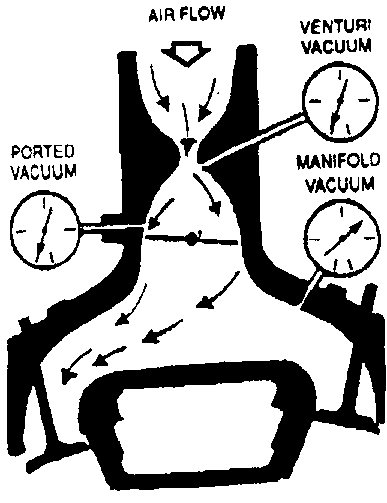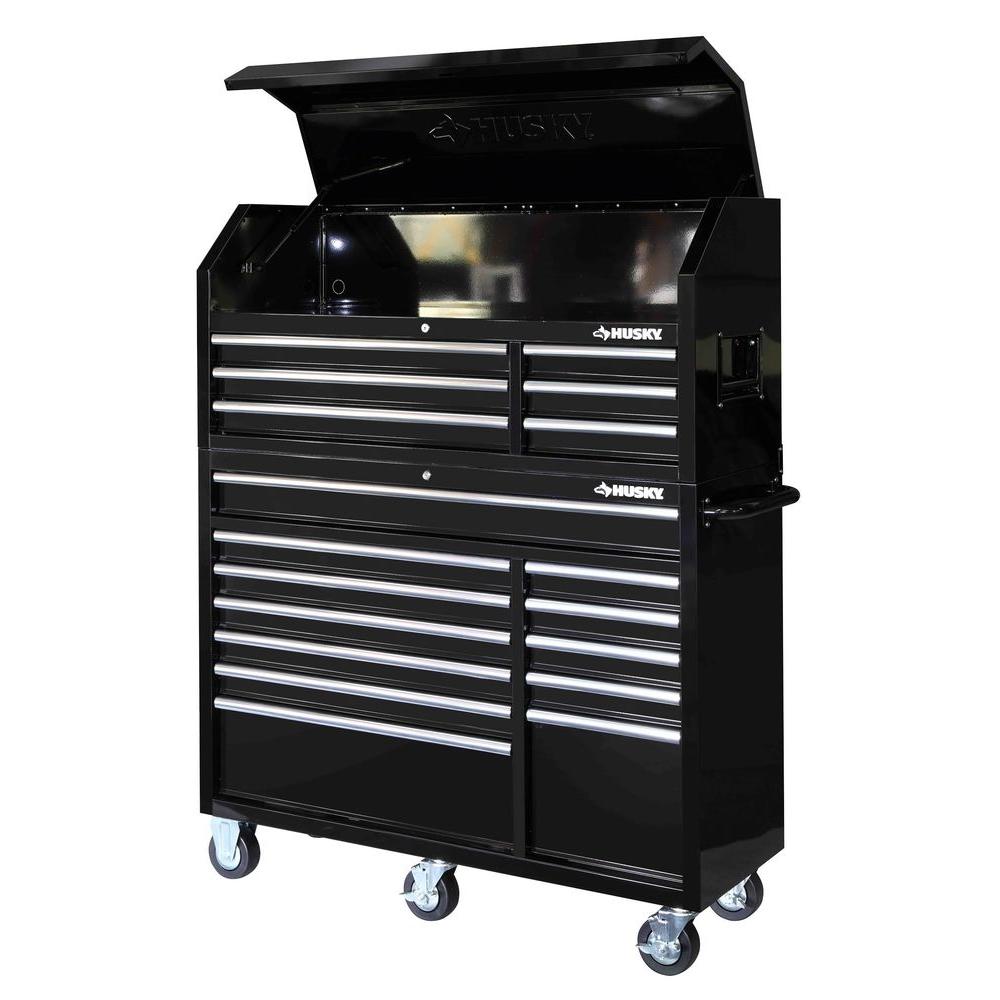you really can,t be effectively at playing mr-fix-it with out the correct tools
when ever you get into unexplained symptoms the answer remains the same....in every case,.... you drop back to the basics and do a few tests, get out a multi meter and verify every fuse is good, and you have 13 volts at the battery and youve got at least a 1/2 tank of fresh fuel, before you start chasing your tail, thinking about more complicated problems
find the cause, you isolate, each function or system or malfunction to its related components then test, each individually, use of the shop manual is almost mandatory
http://www.centuryperformance.com/tunin ... g-148.html

vacuum gauges must be connected to manifold vacuum
http://www.secondchancegarage.com/public/186.cfm
http://www.corvette-101.com/
(info on left border)
heres a couple darn good links you need to read thru, lets have some additional info or comments and questions??
especially on the more modern cars that are computer controlled, the days of effectively tuning by ear and vacuum gauge and engine sound only went out with carbs
you need a few basic tools, now the list will vary, but you can,t get by by guessing, you neet to know and test now that sensors and CPUs control engine function
heres some basic tools
be sure to get the specific manuals your car and EFI system and ignition system,require FIRST
https://www.etoolcart.com/index.asp?PageAction=VIEWPROD&ProdID=4047
while it appears to be expensive, it saves you a good deal of money in the long run compared to dealing with the local chevy dealers mechanics, and makes diagnostics far faster, I bought this for the shop and it seems to be a good investment, since between a dealers diagnostics and swapping parts that don,t need changing you could easily spend close to that on just a few problems getting sorted out
youll also want a few basic diagnostic tools
https://www.etoolcart.com/index.asp?PageAction=VIEWPROD&ProdID=4417
https://www.etoolcart.com/index.asp?PageAction=VIEWPROD&ProdID=6688
https://www.etoolcart.com/index.asp?PageAction=VIEWPROD&ProdID=2597
https://www.etoolcart.com/index.asp?PageAction=VIEWPROD&ProdID=8108
and a book or two
http://www.amazon.com/gp/product/0837608...ce&n=283155
http://www.amazon.com/gp/product/0879387...ce&n=283155
http://www.amazon.com/gp/product/0760304...ce&n=283155
in no time youll be the area wizz kid on chevy injection diagnostics
when ever you get into unexplained symptoms the answer remains the same....in every case,.... you drop back to the basics and do a few tests, get out a multi meter and verify every fuse is good, and you have 13 volts at the battery and youve got at least a 1/2 tank of fresh fuel, before you start chasing your tail, thinking about more complicated problems
find the cause, you isolate, each function or system or malfunction to its related components then test, each individually, use of the shop manual is almost mandatory
http://www.centuryperformance.com/tunin ... g-148.html

vacuum gauges must be connected to manifold vacuum
http://www.secondchancegarage.com/public/186.cfm
http://www.corvette-101.com/
(info on left border)
heres a couple darn good links you need to read thru, lets have some additional info or comments and questions??
especially on the more modern cars that are computer controlled, the days of effectively tuning by ear and vacuum gauge and engine sound only went out with carbs
you need a few basic tools, now the list will vary, but you can,t get by by guessing, you neet to know and test now that sensors and CPUs control engine function
heres some basic tools
be sure to get the specific manuals your car and EFI system and ignition system,require FIRST
https://www.etoolcart.com/index.asp?PageAction=VIEWPROD&ProdID=4047
while it appears to be expensive, it saves you a good deal of money in the long run compared to dealing with the local chevy dealers mechanics, and makes diagnostics far faster, I bought this for the shop and it seems to be a good investment, since between a dealers diagnostics and swapping parts that don,t need changing you could easily spend close to that on just a few problems getting sorted out
youll also want a few basic diagnostic tools
https://www.etoolcart.com/index.asp?PageAction=VIEWPROD&ProdID=4417
https://www.etoolcart.com/index.asp?PageAction=VIEWPROD&ProdID=6688
https://www.etoolcart.com/index.asp?PageAction=VIEWPROD&ProdID=2597
https://www.etoolcart.com/index.asp?PageAction=VIEWPROD&ProdID=8108
and a book or two
http://www.amazon.com/gp/product/0837608...ce&n=283155
http://www.amazon.com/gp/product/0879387...ce&n=283155
http://www.amazon.com/gp/product/0760304...ce&n=283155
in no time youll be the area wizz kid on chevy injection diagnostics

